69+ Sample Tenancy Agreements
-

Tenancy Agreement Template
download now -
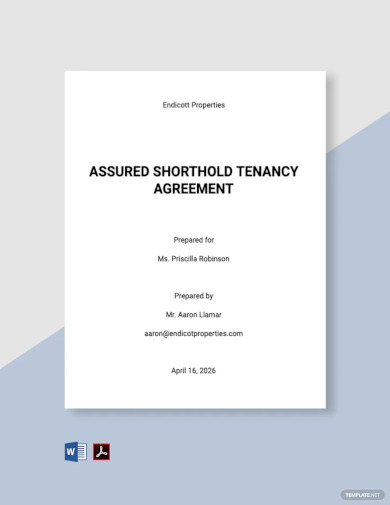
Assured Shorthold Tenancy Agreement Template
download now -
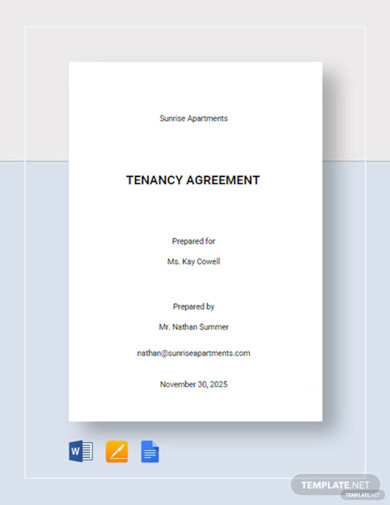
Blank Tenancy Agreement Template
download now -
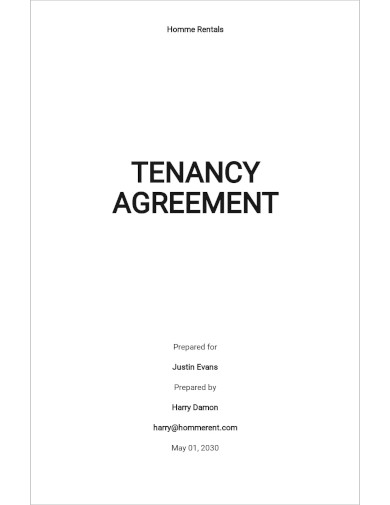
Draft Tenancy Agreement Template
download now -

Landlord Tenancy Agreement Template
download now -
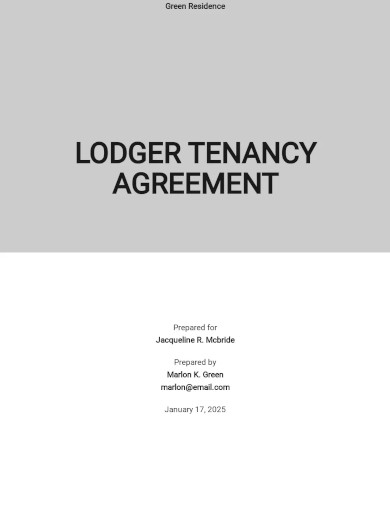
Lodger Tenancy Agreement Template
download now -
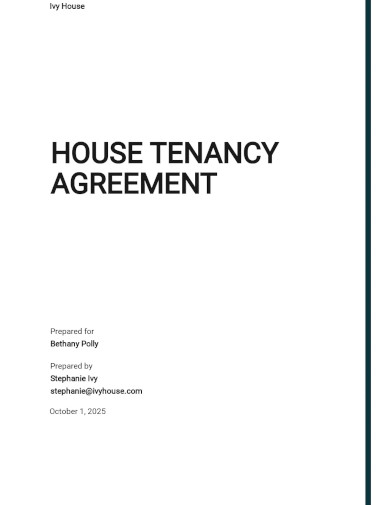
House Tenancy Agreement Template
download now -
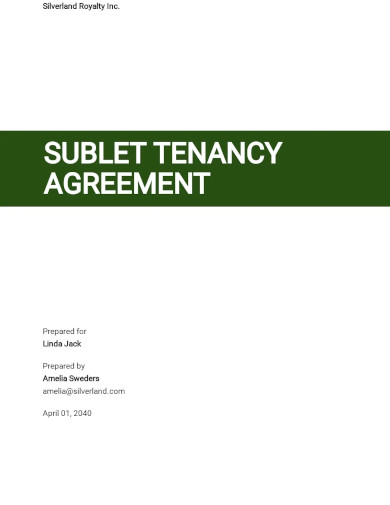
Sublet Tenancy Agreement Template
download now -
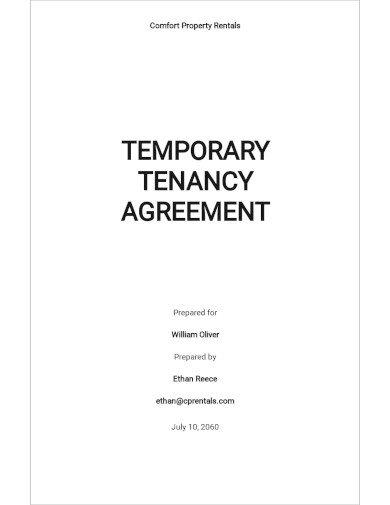
Temporary Tenancy Agreement Template
download now -
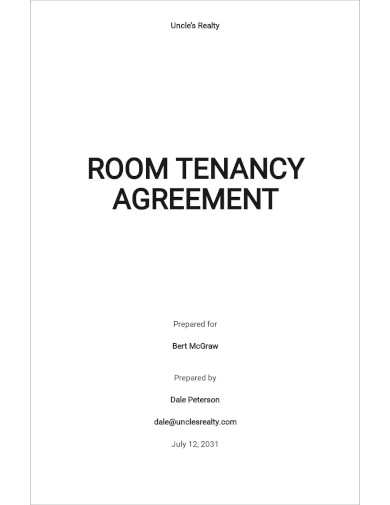
Room Tenancy Agreement Template
download now -
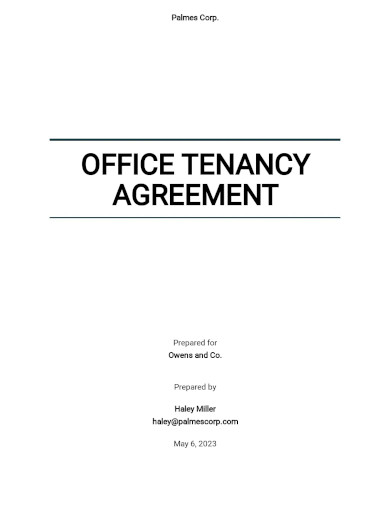
Office Tenancy Agreement Template
download now -
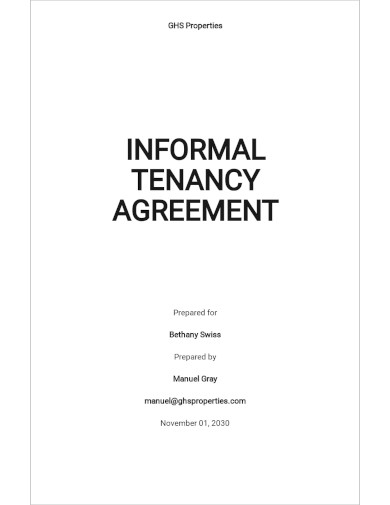
Informal Tenancy Agreement Template
download now -
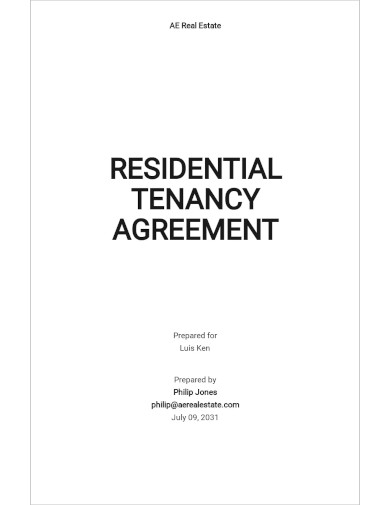
Residential Tenancy Agreement Template
download now -

Excluded Tenancy Agreement Template
download now -
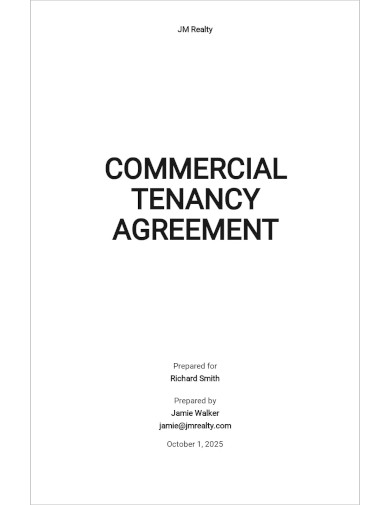
Commercial Tenancy Agreement Template
download now -
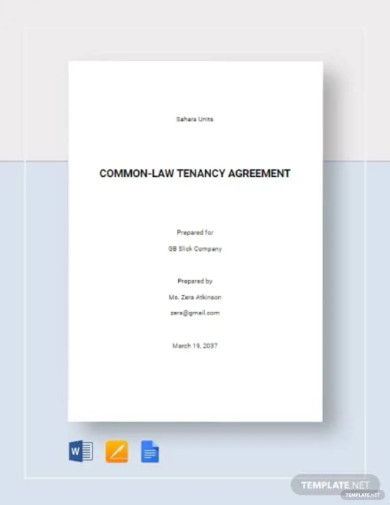
Common-Law Tenancy Agreement Template
download now -

Room Rental Tenancy Agreement Template
download now -
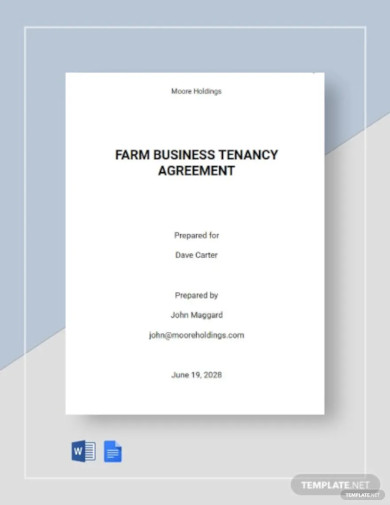
Free Farm Business Tenancy Agreement Template
download now -
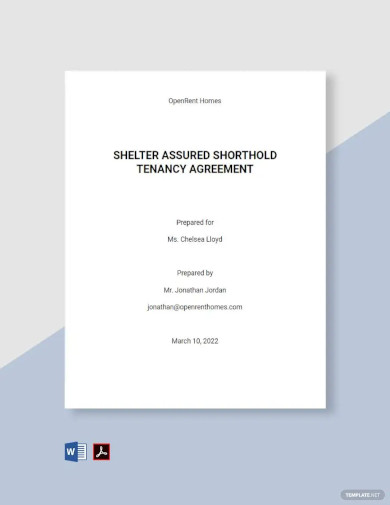
Shelter Assured Shorthold Tenancy Agreement Template
download now -
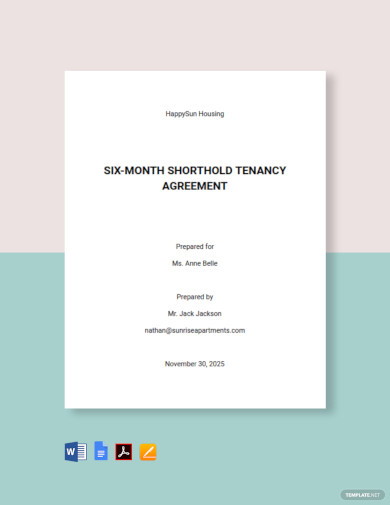
6 Month Shorthold Tenancy Agreement Template
download now -
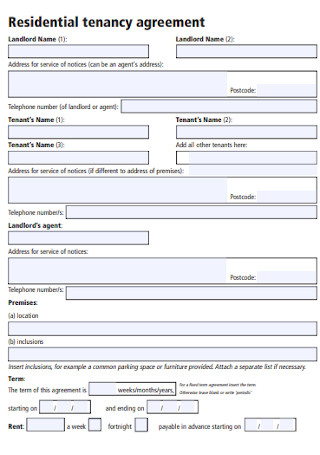
Residential Tenancy Agreement
download now -
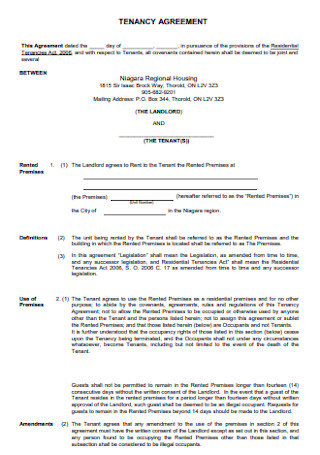
Sample Tenancy Agreement
download now -
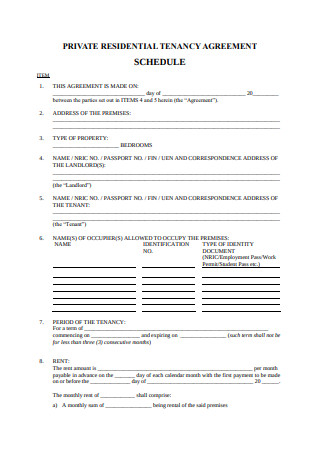
Private Residential Tenancy Agreement
download now -
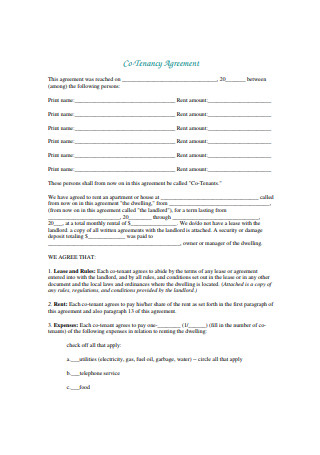
Co-Tenancy Agreement
download now -
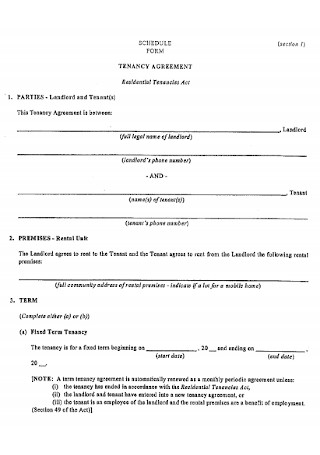
Simple Tenancy Agreement
download now -
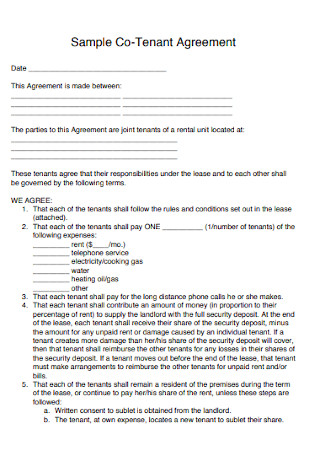
Sample Co-Tenant Agreement
download now -

Residential Rental Tenancy Agreement
download now -

Property Tenancy Agreement
download now -
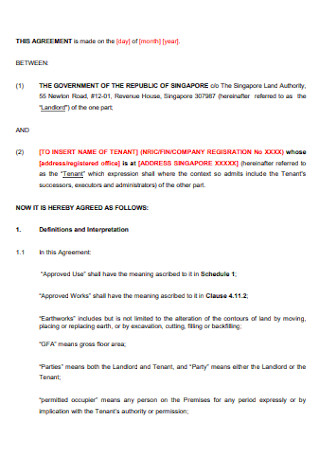
Basic Tenancy Agreement
download now -

Private Landlord Tenancy Agreement
download now -
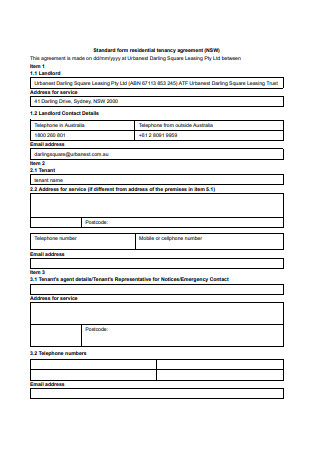
Standard Residential Tenancy Agreement
download now -
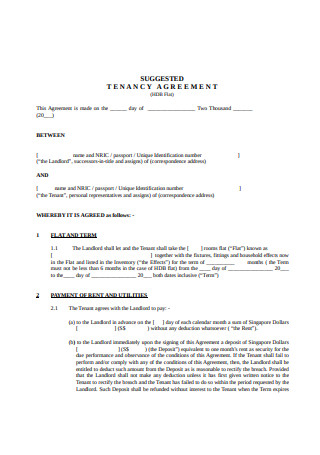
Model Tenancy Contract Agreement
download now -
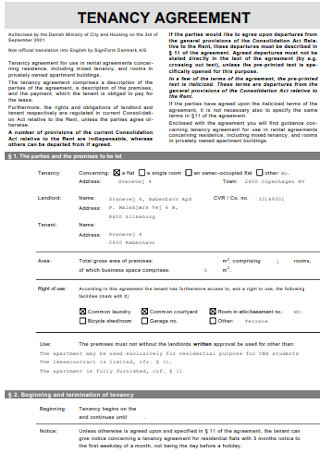
Formal Tenancy Lease Agreement
download now -

Campus Tenancy Agreement Termination Letter
download now -
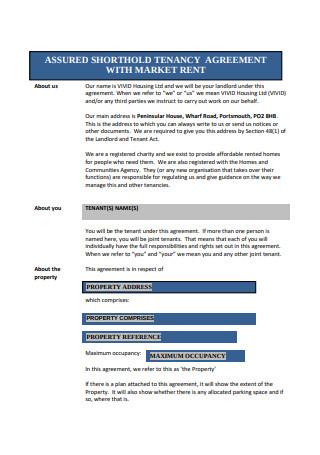
Assured Shorthold Tenancy Agreement
download now -

Co-Tenancy Shop Agreement Format
download now -
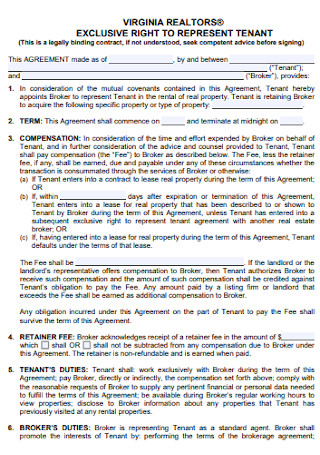
Fixed Term Tenancy Agreement
download now -
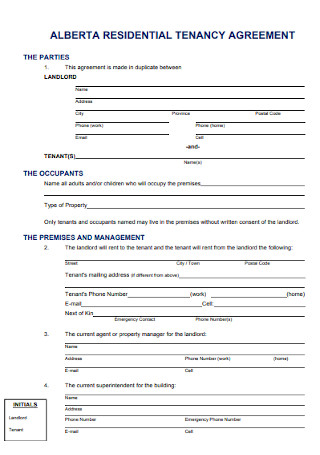
Furnished Residential Agreement
download now -

House Shared Tenancy Agreement
download now -
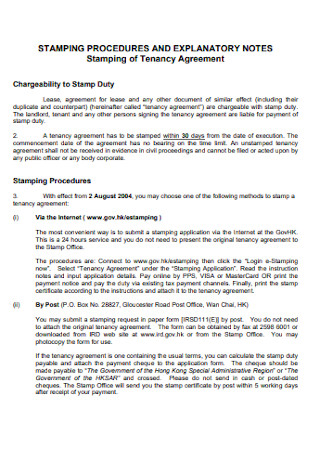
Unfurnished Tenancy Agreement
download now -
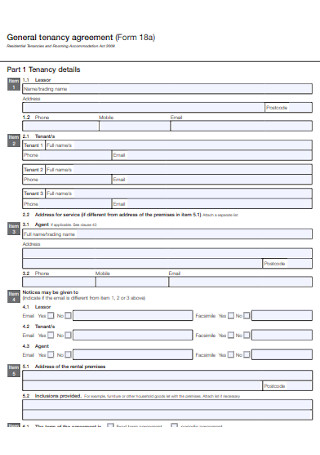
General Lodger Tenancy Agreement
download now -
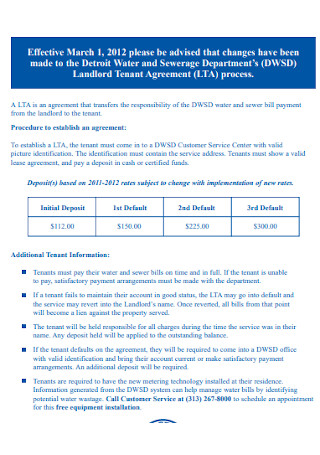
Landlord Tenancy Agreement
download now -
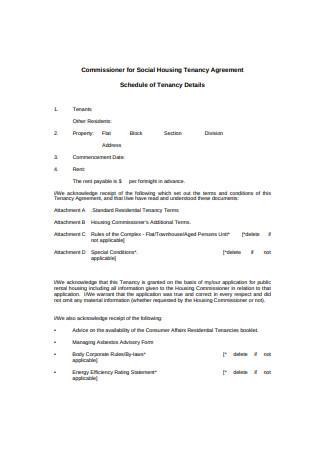
Housing Renewal Tenancy Agreement
download now -
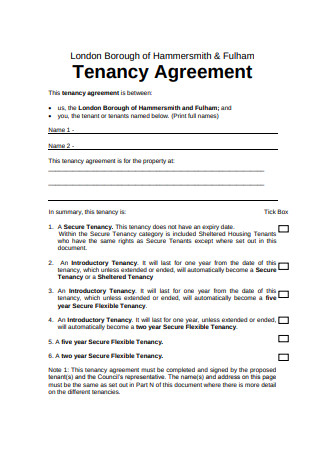
Sample Commercial Tenancy Agreement
download now -
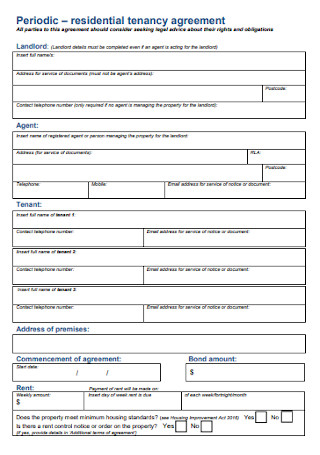
Residential Business Tenancy Agreement Notice
download now -
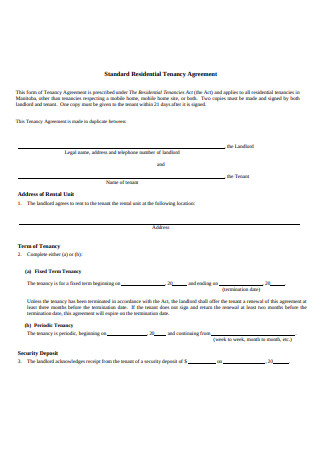
End Tenancy Agreement
download now -
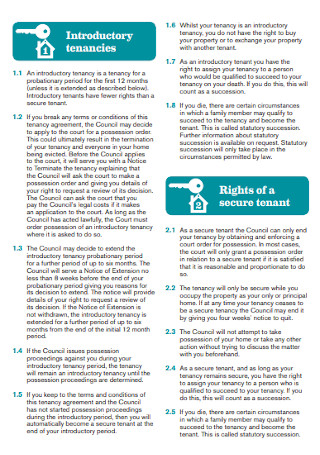
Secure Extension Tenancy Agreement
download now -
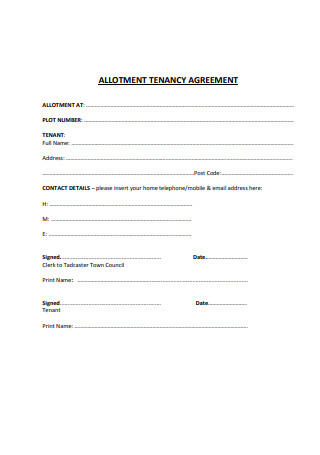
Allotment Deposit Tenancy Agreement
download now -
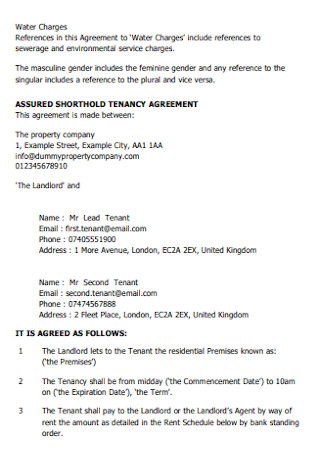
Sample Shorthold Tenancy Agreement
download now -
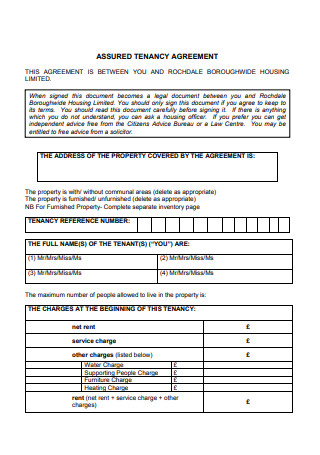
Assured Tenancy Agreement
download now -
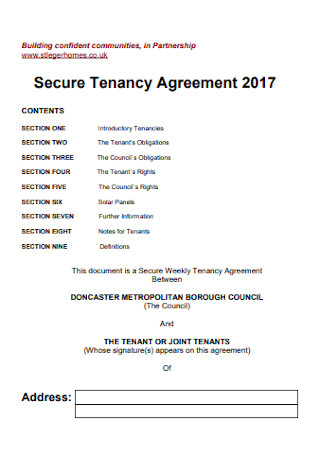
Secure Tenancy Agreement
download now -

Market Tenancy Agreement
download now -
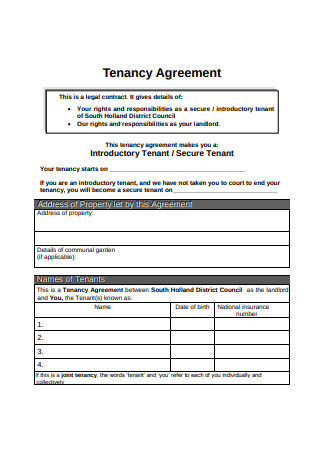
Simple Tenancy Agreement
download now -
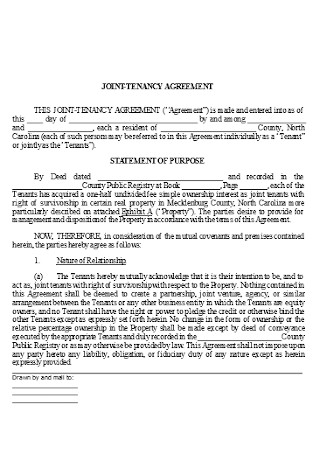
Joint Tenancy Agreement
download now -
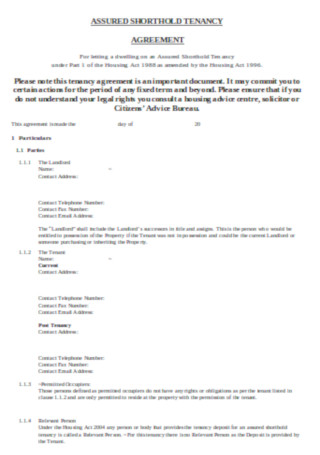
Short-hold Tenancy Agreement
download now -
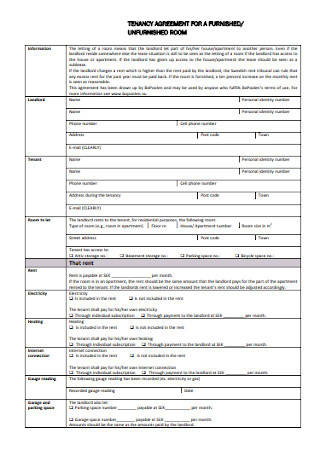
Tenancy Agreement for Room
download now -
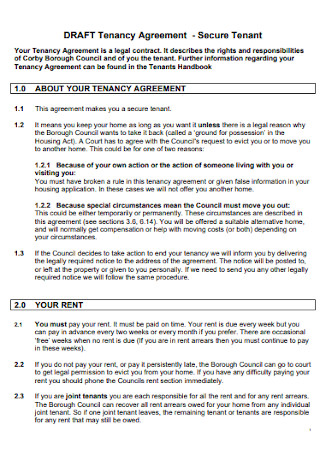
Sample Secure Tenancy Agreement
download now -
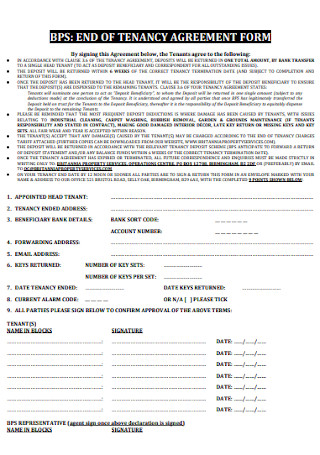
Tenancy Agreement Form
download now -
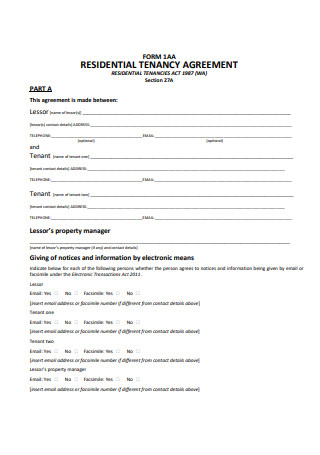
Sample Residential Tenancy Agreement Form
download now -
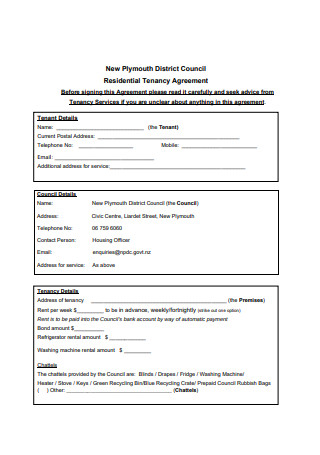
Simple Residential Tenancy Agreement
download now -

Printable Tenancy Agreement
download now -
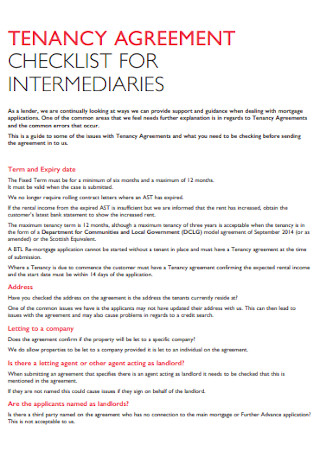
Tenancy Agreement Checklist
download now -
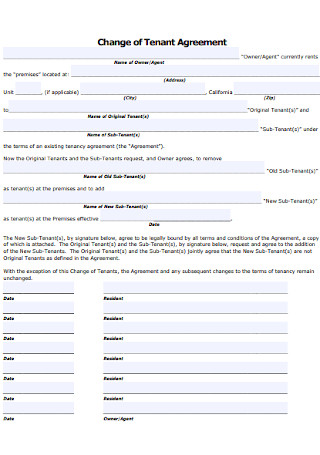
Change of Tenant Agreement
download now -
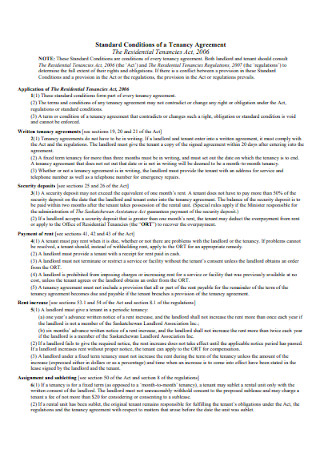
Standard Landlord Tenancy Agreement
download now -
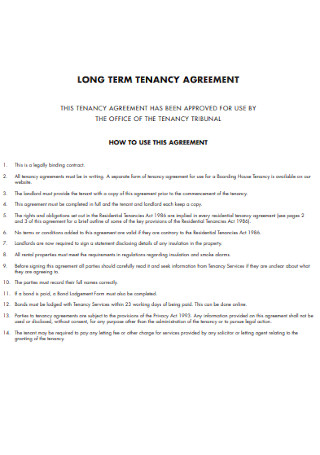
Long Term Tenancy Agreement
download now -
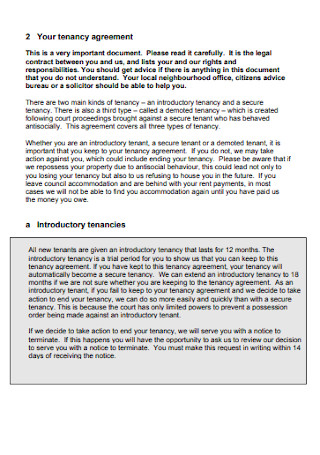
Tenancy Legal Agreement
download now -
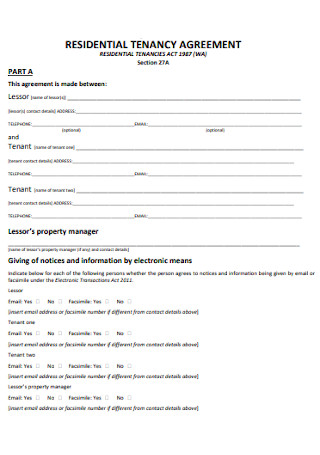
Residential Tenancy Agent Agreement
download now -
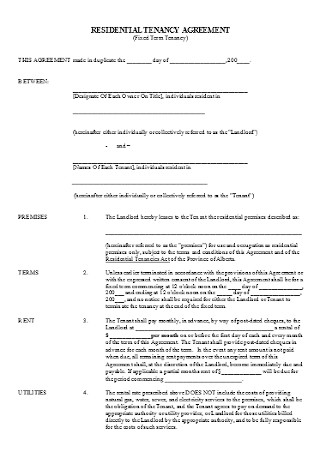
Residential Tenancy Agreement
download now -
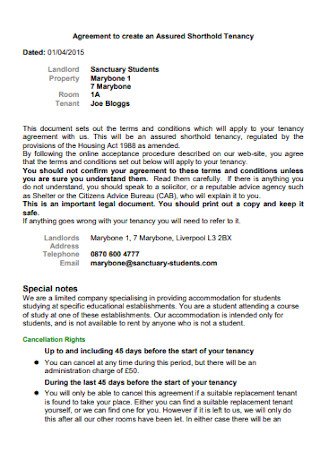
Tenancy Student Agreement
download now -
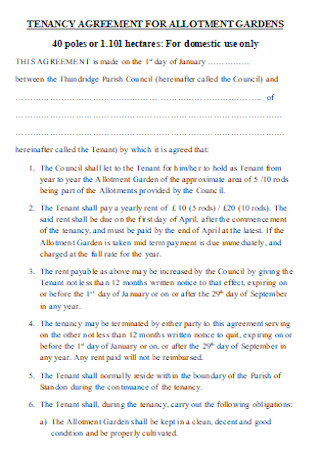
Tenancy Agreement for Allotment Gardens
download now
FREE Tenancy Agreement s to Download
69+ Sample Tenancy Agreements
The Essential Elements of a Formal Tenancy Agreement
How to Write a Formal Tenancy Agreement
FAQs
Why is it important to have all the tenant’s names on the tenancy agreement?
Is a tenancy agreement a legally binding contract?
What happens if a property owner fails to provide a written tenancy agreement?
The Essential Elements of a Formal Tenancy Agreement
Writing a tenancy agreement is one of the important things that a property manager should consider once they have an open property for rent. One of the significant advantages of offering a tenancy agreement to tenants is that it sets out boundaries and makes everything clear. But before you create one, you need to learn the essential elements that should be present in a tenancy agreement. It is important to understand what makes such an important business contract first. Below are some of the necessary elements of a formal tenancy agreement. Here’s how.
How to Write a Formal Tenancy Agreement
Whether you are managing a start-up or established rental property business, it is always important to provide a formal written business agreement like a tenancy agreement to your renters. Offering a tenancy agreement to your tenants shows that your business is professional and you take your role as a landlord or property manager seriously. However, a tenancy agreement has no standard format, as long as all significant information is there. So, you can always grab a ready-made tenancy agreement template that you can find in this post. These sample tenancy agreement templates are available for various rental purposes that you can customize and download anytime. Nevertheless, here are some simple and easy-to-follow instructions on how to make a formal tenancy agreement. Here’s how:
Step 1: Input Basic Information
Start writing a tenancy agreement by placing basic information, such as details about the parties involved and the rental property. In the upper part of the agreement, write an introduction which states that tenancy or rental contract is a written agreement between the tenant and the property owner. It is important to include full details of both parties, such as names, contact information, and descriptions. After that section, follow up on the information about the property. Include the unit and full address of the rental property. Include also the date when the tenancy agreement is written and signed, as well as the date when the tenancy will take effect. To make your tenancy agreement more flexible, you may leave enough blank lines where you will fill in the information.
Step 2: Specify Financial Details
After the introduction, you may now proceed to the next part which is specifying the financial details on the tenancy agreement. This information should include the amount the tenant will pay every month. The tenancy contract should also state the payment agreement between the property owner and the tenant, such as when and where should the payment be delivered. It should also be clear in the agreement the payment method that the tenant will have to follow, whether through bank deposit or cash. This section of the agreement may read “The tenant agrees to rent the property with a rental rate of $1000 per month, which will be payable on the 18th day of each month through bank deposit.” Nevertheless, make sure to inform your tenant with your payment terms before writing it on the tenancy agreement.
Step 3: Write the Tenancy Policies
Once you have outlined the payment terms on the tenancy agreement, the next thing you need to do is to include policies. These policies visitor or pet policies, installation policies, and penalties for late payments. State in the tenancy agreement if the tenant is allowed to have visitors or pets in the property. The business agreement should also have policies for property maintenance, such as who will pay for repairs and how quickly repairs should be. The tenancy agreement should also state the consequences of late rent payments. It is also possible to include other policies, such as smoking, parking, subletting, utilities, and other common area rules. Nonetheless, make sure that the tenants are well-informed of these policies and each policy should be clearly defined in the agreement to avoid disputes in the future.
Step 4: State the Termination Terms
Now that you have already added the tenancy policies, the next thing you should do is to state the termination terms of the tenancy agreement. The agreement should present the grounds that may result in termination of the contract. By this, you have to make sure that your termination terms comply with the state’s laws for termination of the agreement. The tenancy agreement should also display information about how to manage and resolve misunderstandings, whether to use a settlement agreement or bring disputes to trial. Nevertheless, this section of the agreement should be discussed and agreed upon by both parties.
Step 5: The Signing of Contract
When you finish incorporating essential information on the tendency agreement, finalize the process by getting the signature of the parties involved. The signing of the contract is one of the important steps in making any business contracts for business transactions. By signing the tenancy agreement, one may conclude that both parties have read, understood, and agreed to the terms and conditions written in the contract. Leave a space or blank on the bottom of the tenancy agreement where you will put the signatures of the parties involved. But before that, you should also consider having your tenancy agreement checked by a professional lawyer to ensure that the content is valid. Once you think the agreement is all good, then you can get it signed.
FAQs
Why is it important to have all the tenant’s names on the tenancy agreement?
Having all the names of the adult people living on your rental property is important so that you will hold them accountable once the breach of contract happens. If their names are not listed on the agreement, then you will not be able to sue them once they fail to pay the rent or if a dispute happens.
Is a tenancy agreement a legally binding contract?
Yes, just like any other business contract, a tenancy agreement is a legally binding contract agreement between a tenant and a property owner that presents detailed information about the rent.
What happens if a property owner fails to provide a written tenancy agreement?
One of the horror situations that may appear once a property owner failed to provide a tenancy agreement to his or her tenants is that a landlord will no longer have the authority to make deductions on tenancy deposits. A property owner will also have to undergo a standard court procedure once there are disputes during the transaction. Another one is that property owners will not be able to claim possession of the property.
Sure, a landlord or a property owner can do an oral agreement during his or her rental business transactions. But, the idea of having a tenant that may not follow the terms and conditions agreed can be scary. That is why every smart property manager should secure a written agreement to set forth terms and protect their assets and resources. Hence, a tenancy agreement is a great help. A tenancy agreement is one of the important business documents in the rental property industry that will protect both the tenant and the landlord’s rights. So, if you are planning to have your property rented, you should always consider having a professionally written tenancy agreement.
